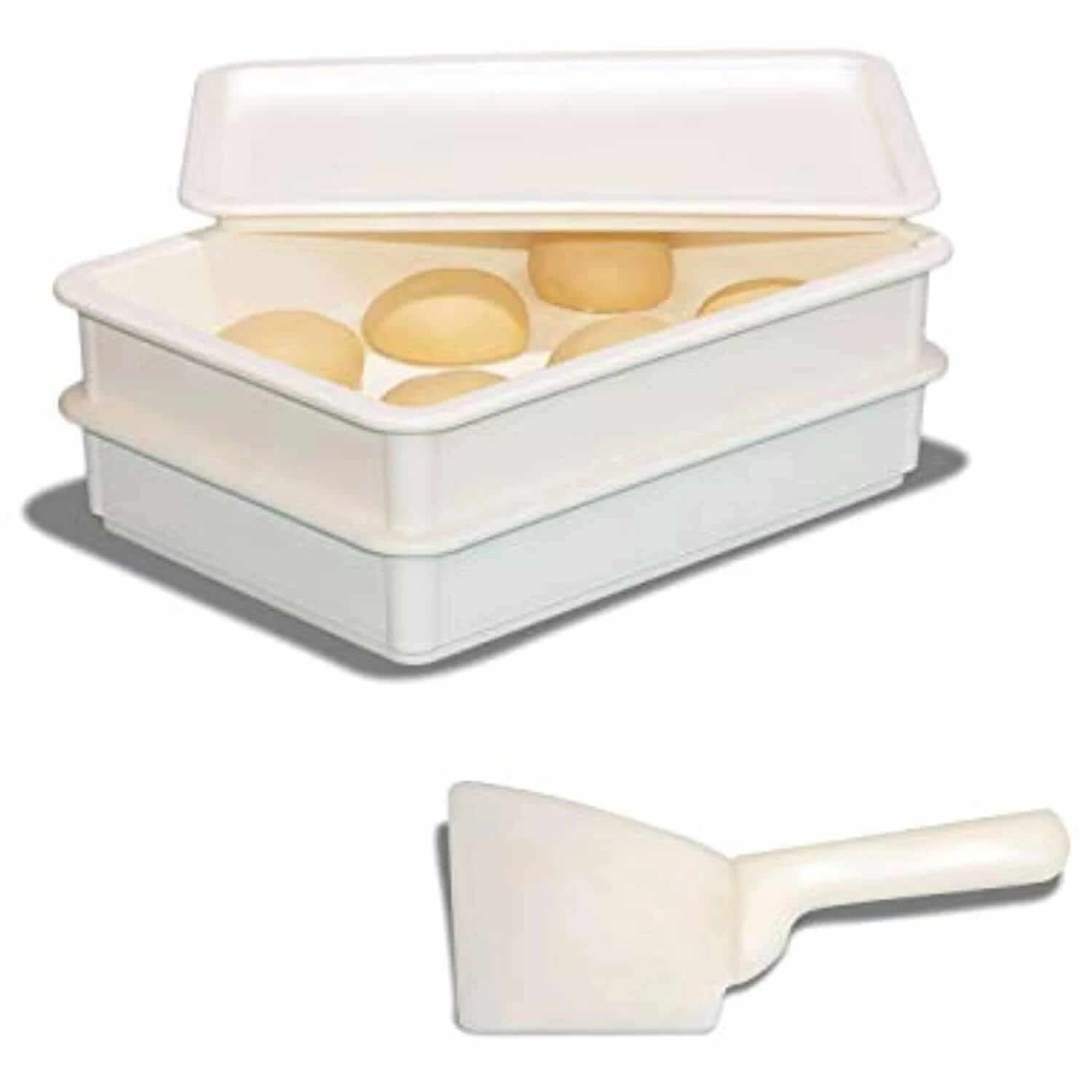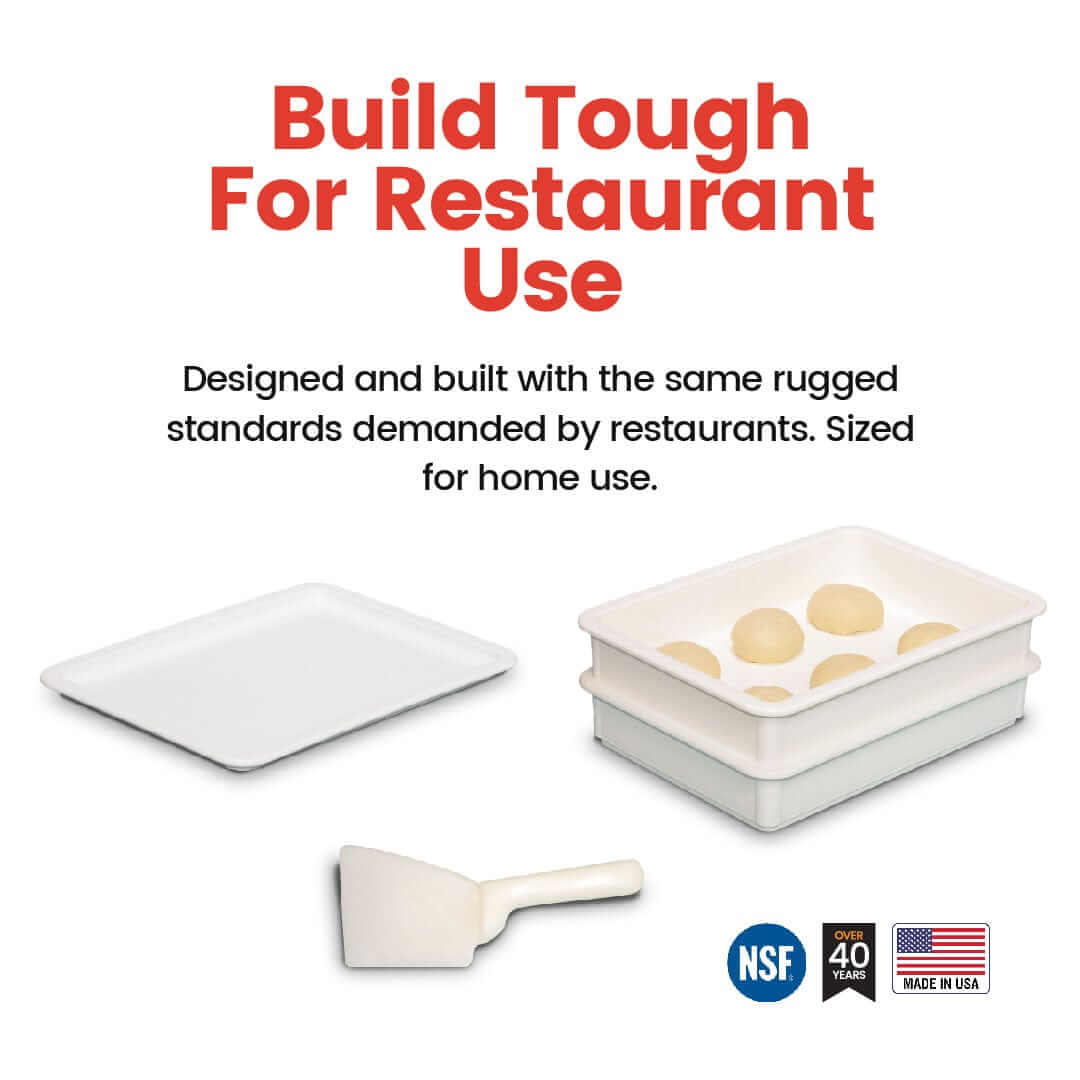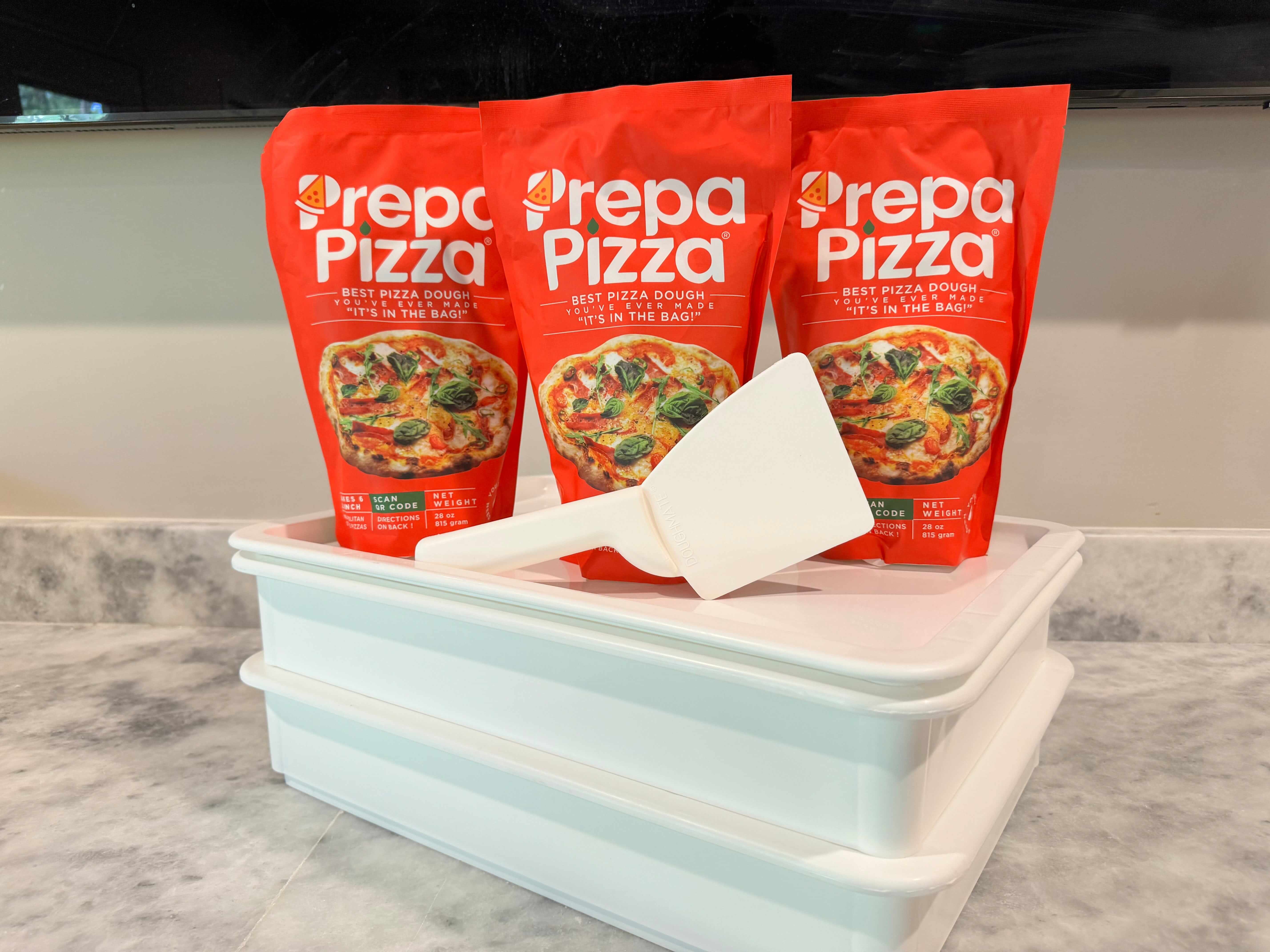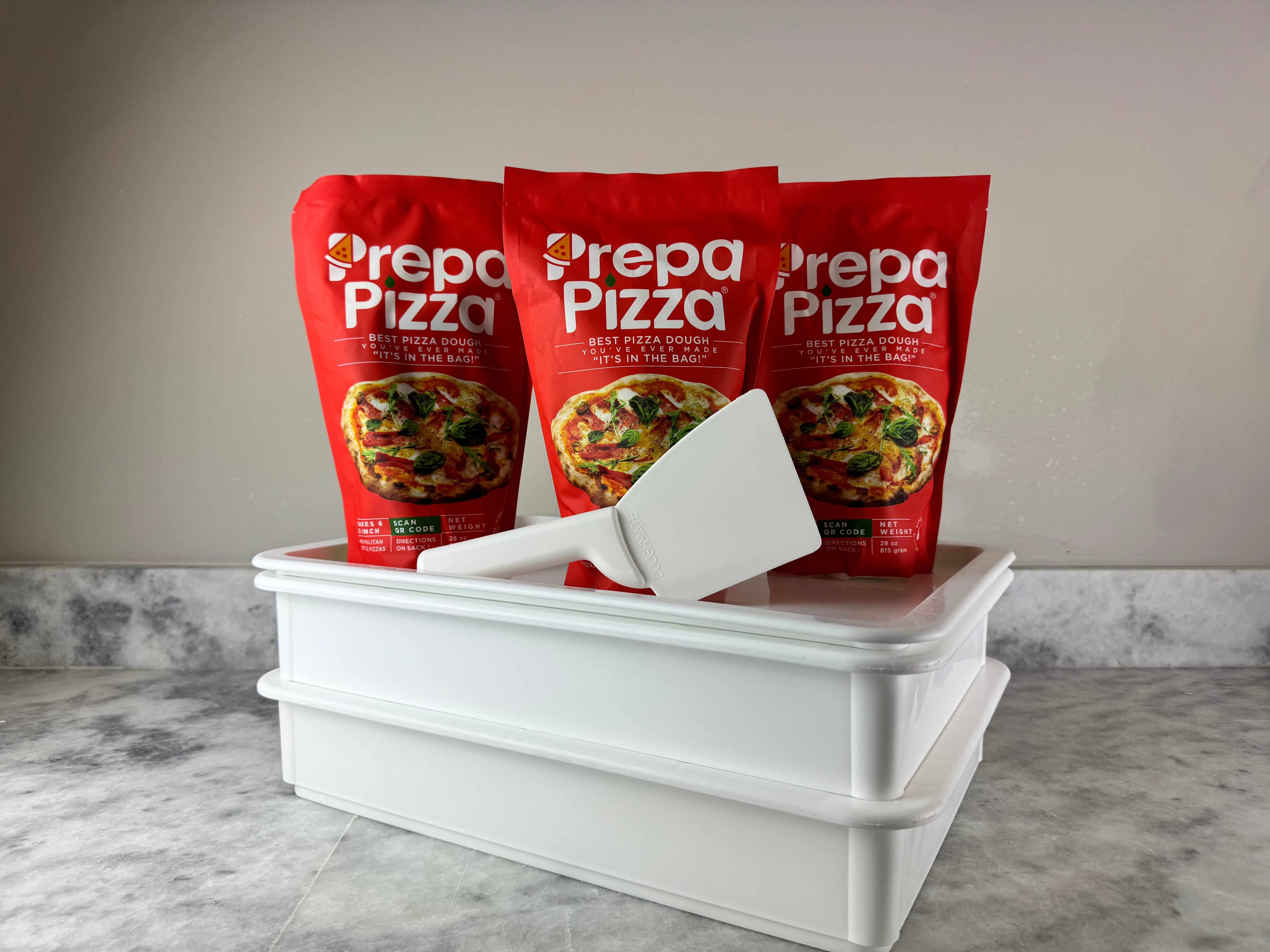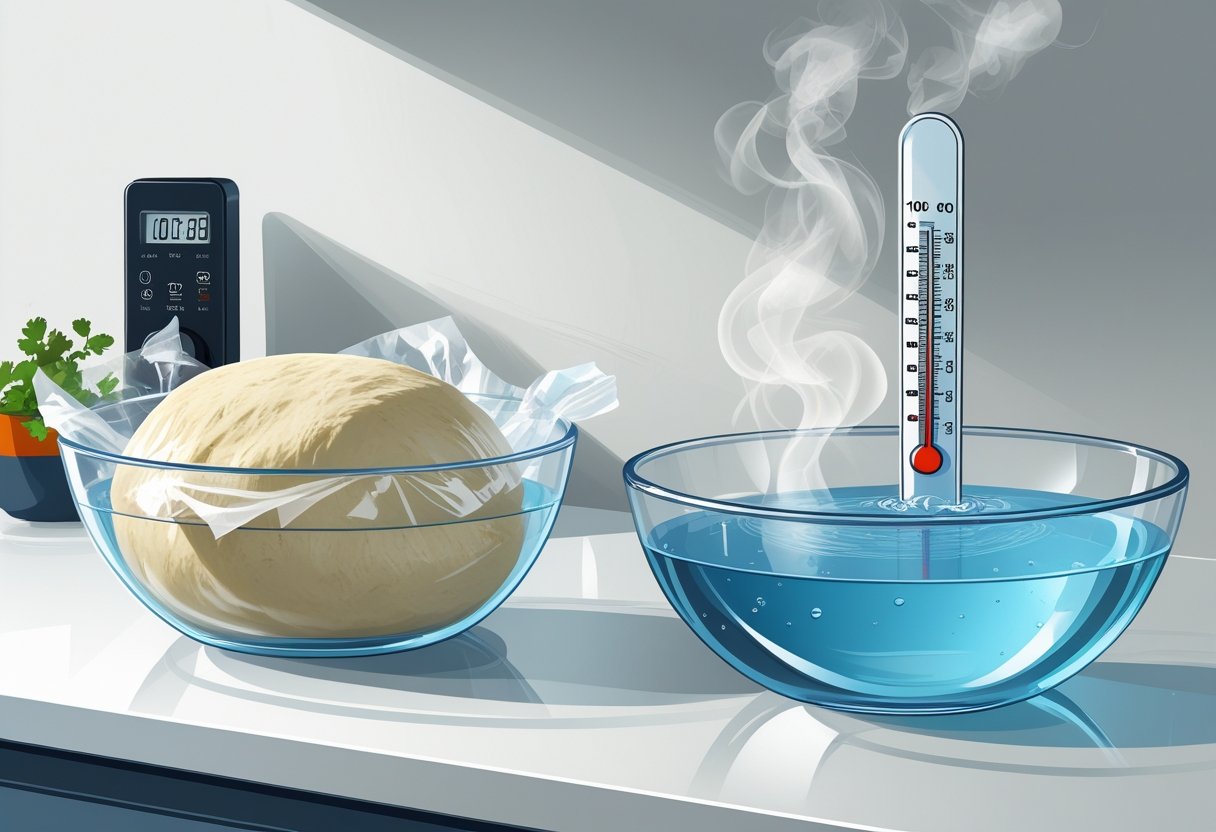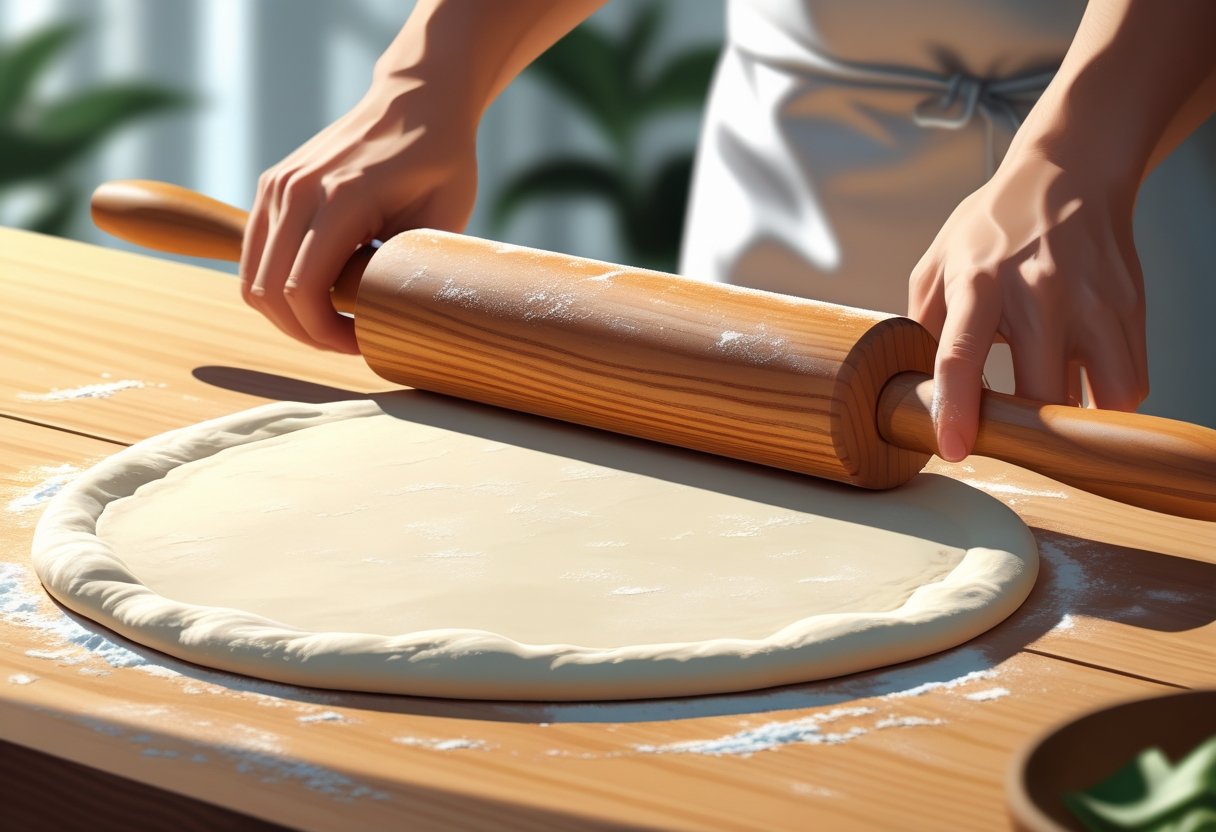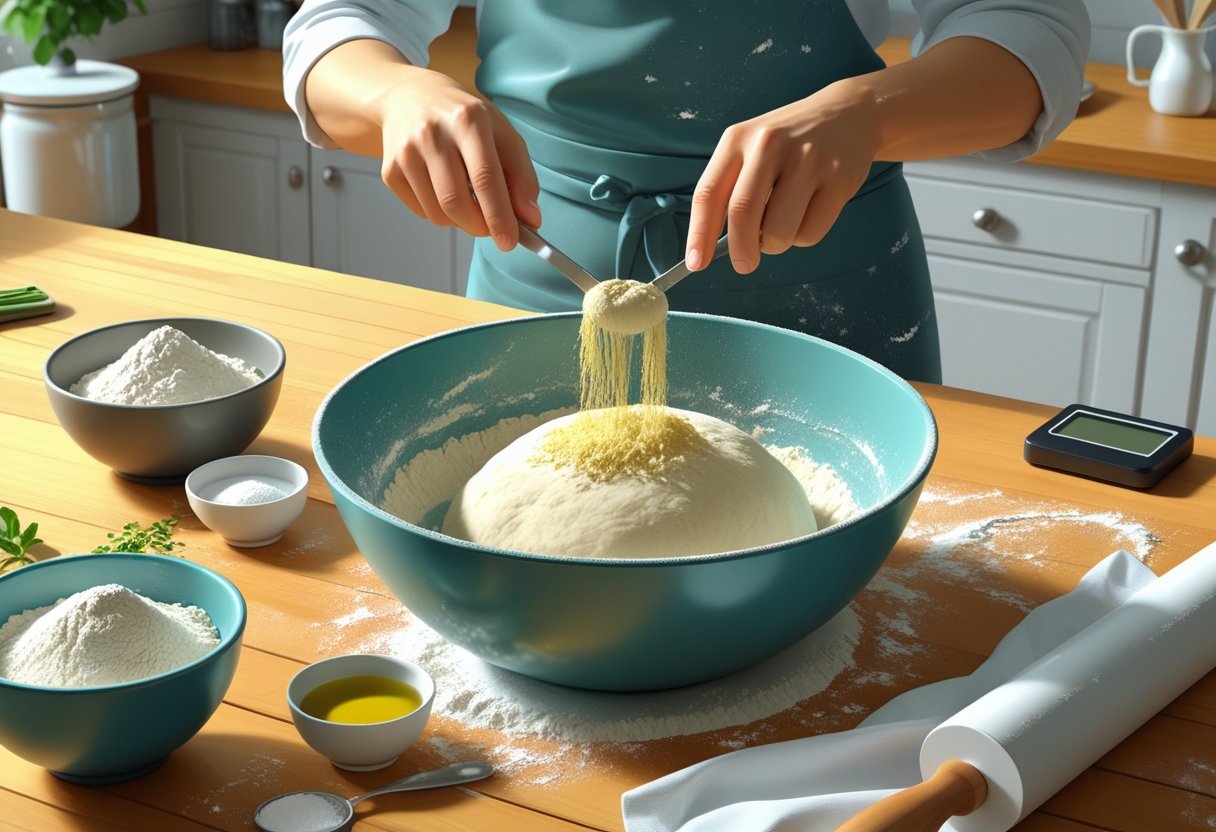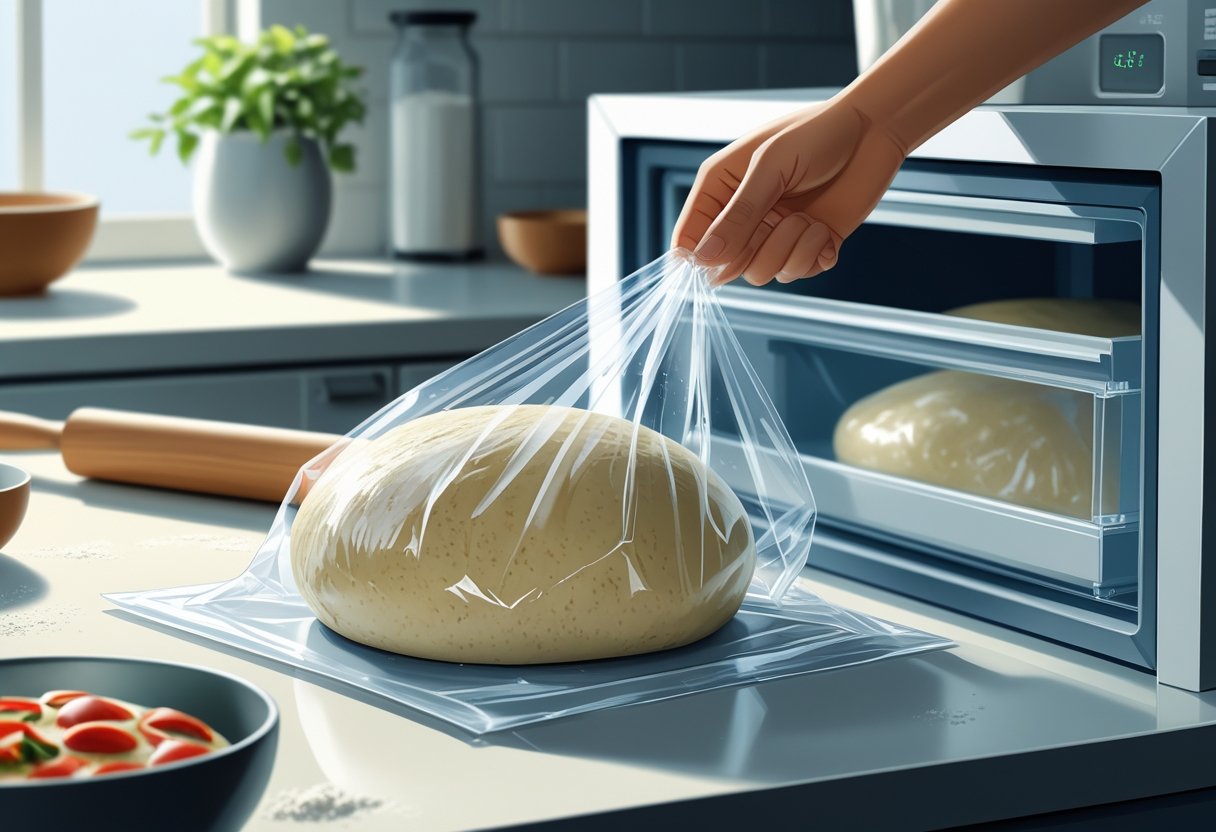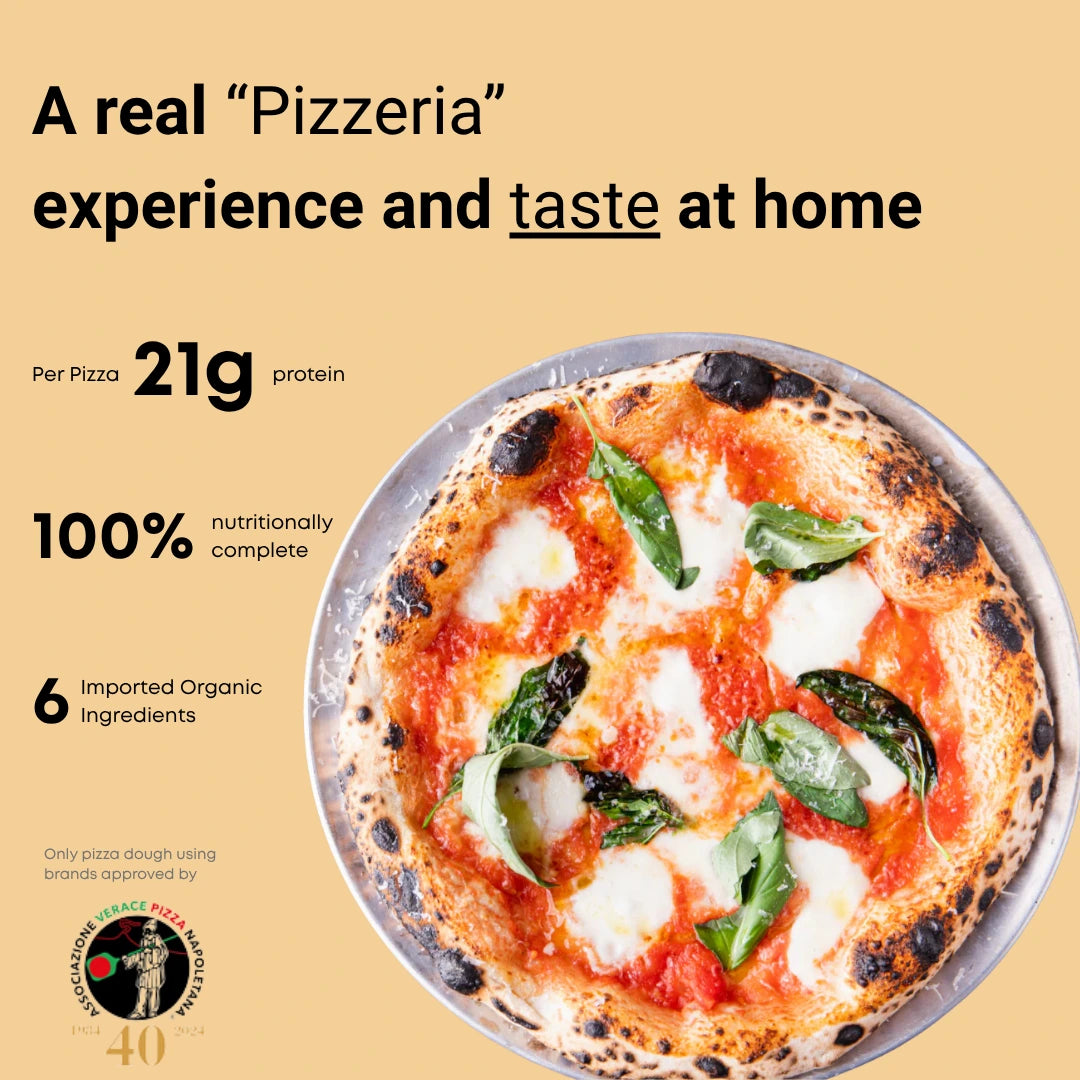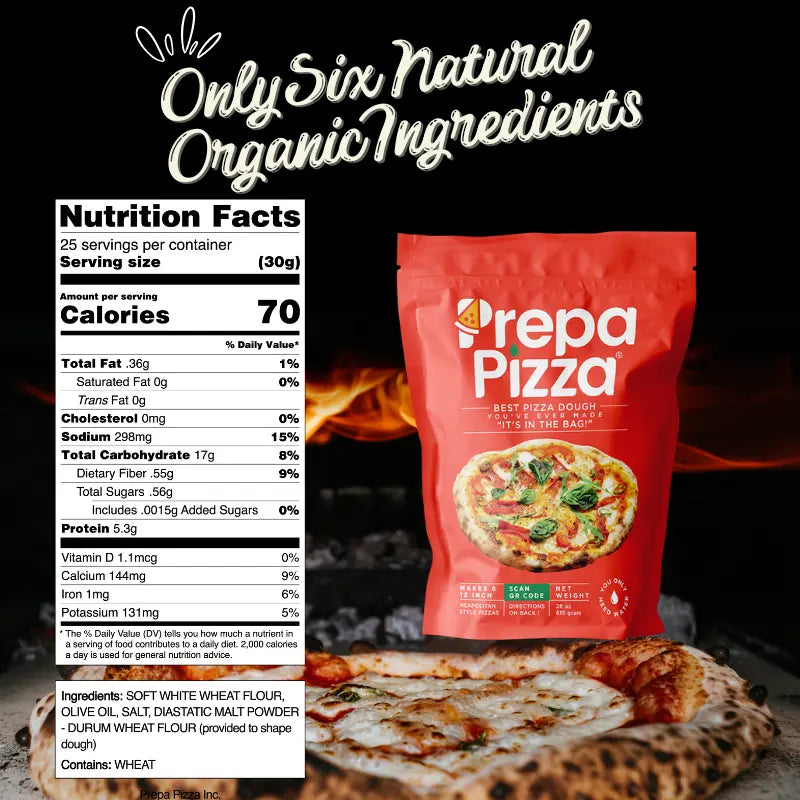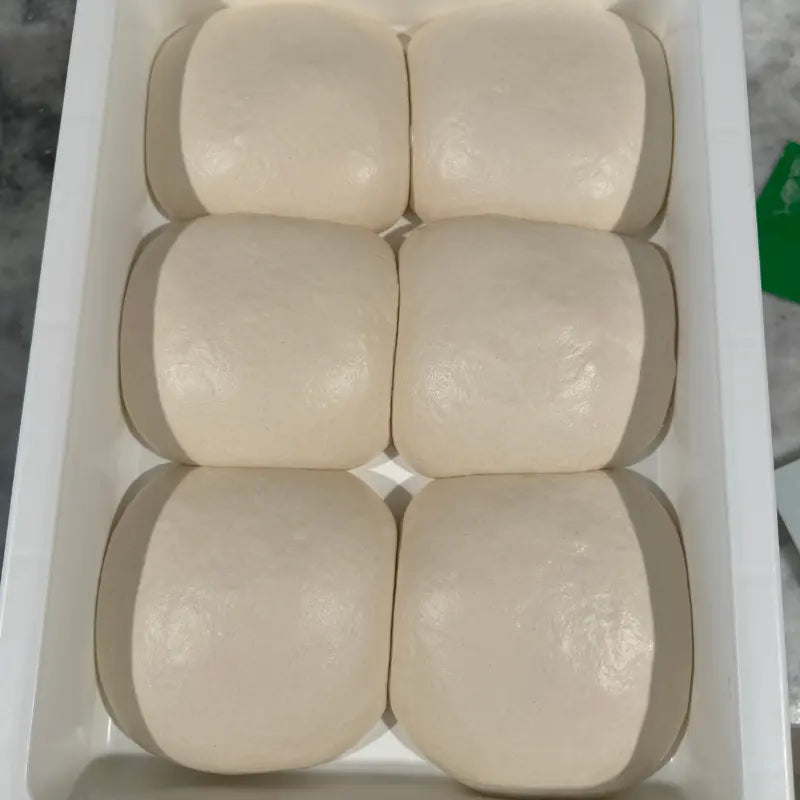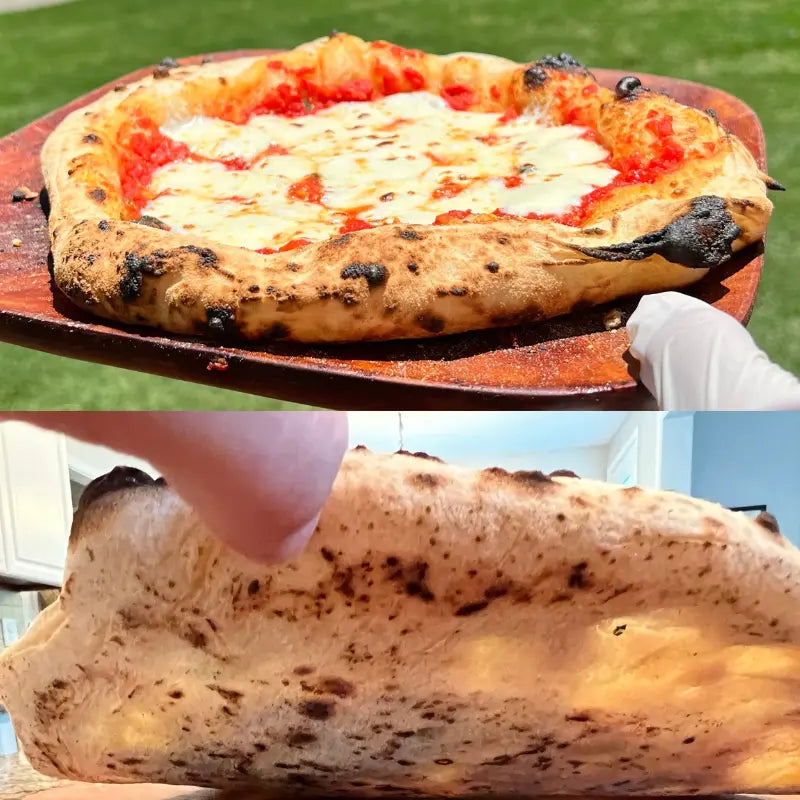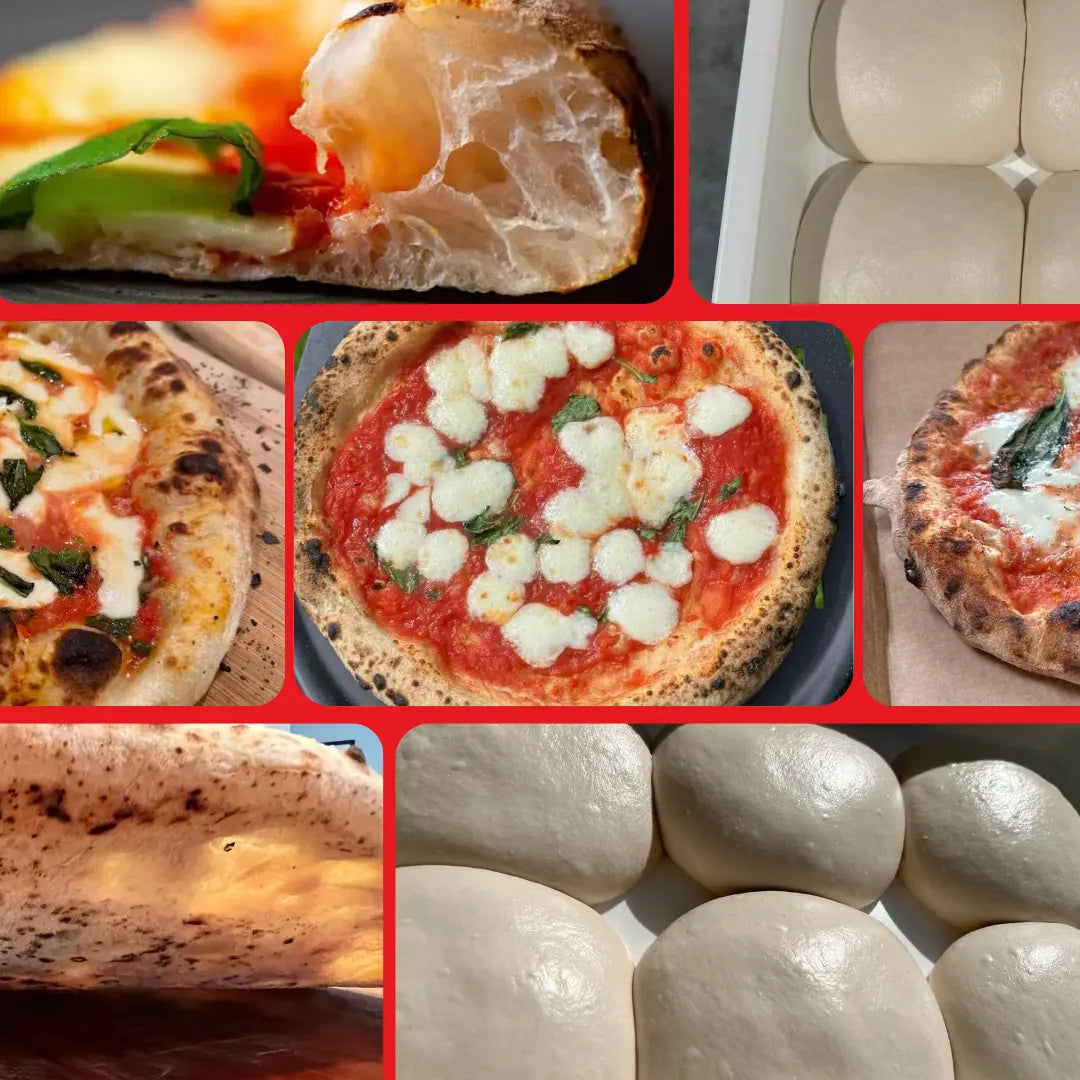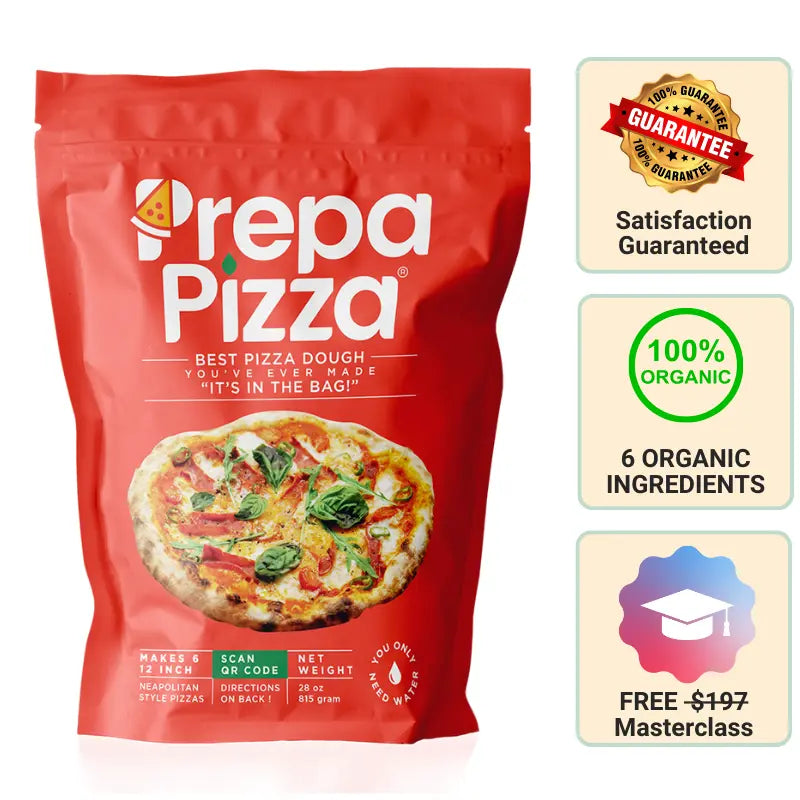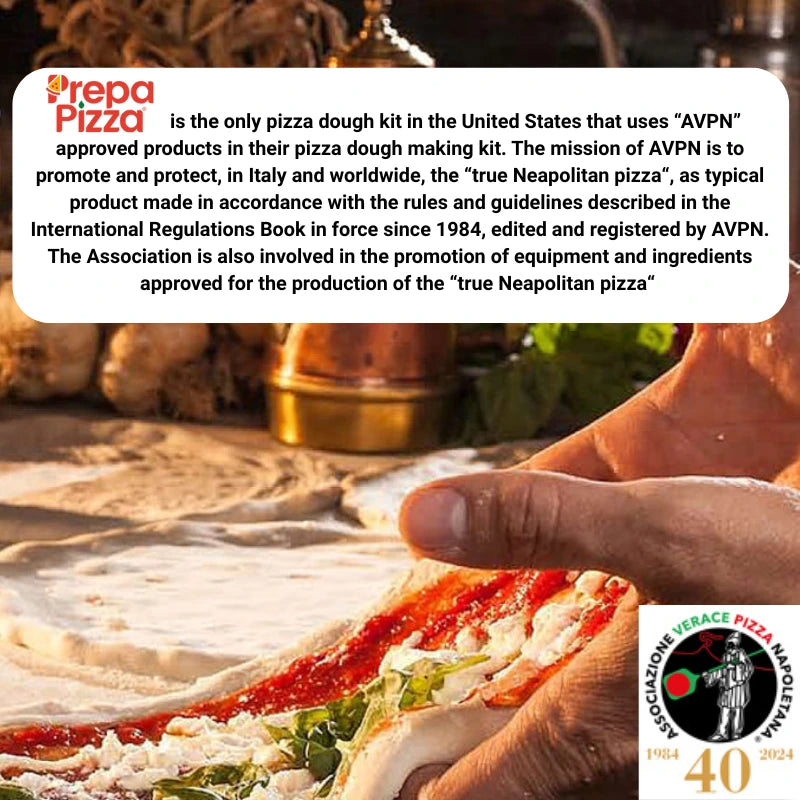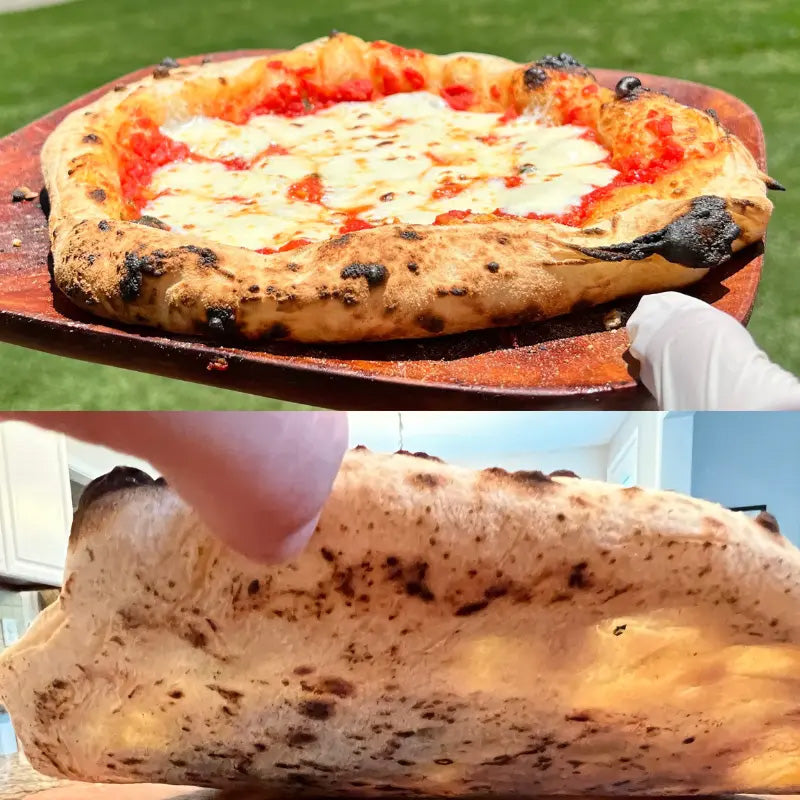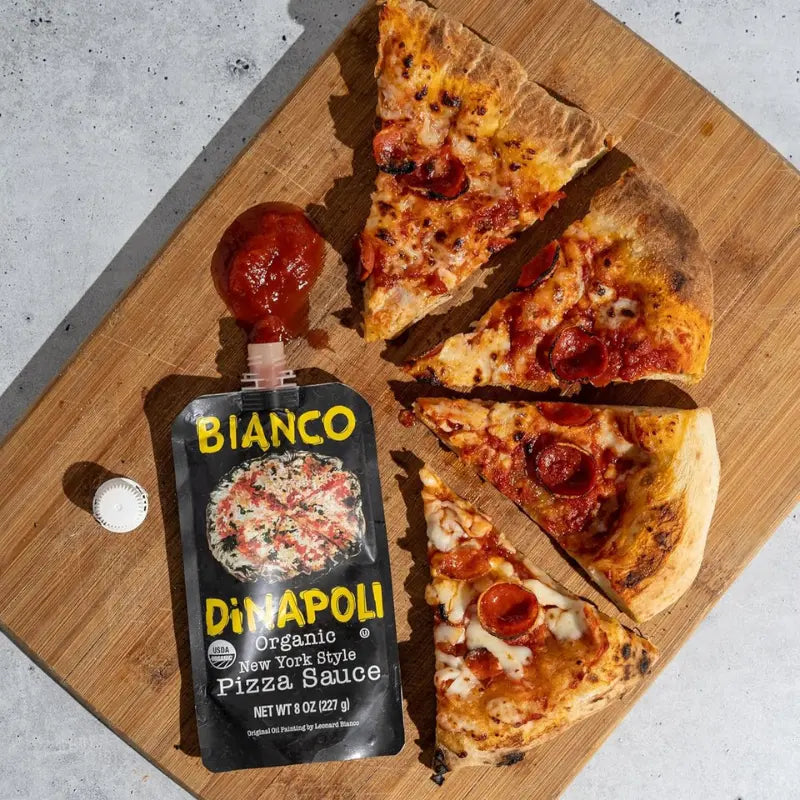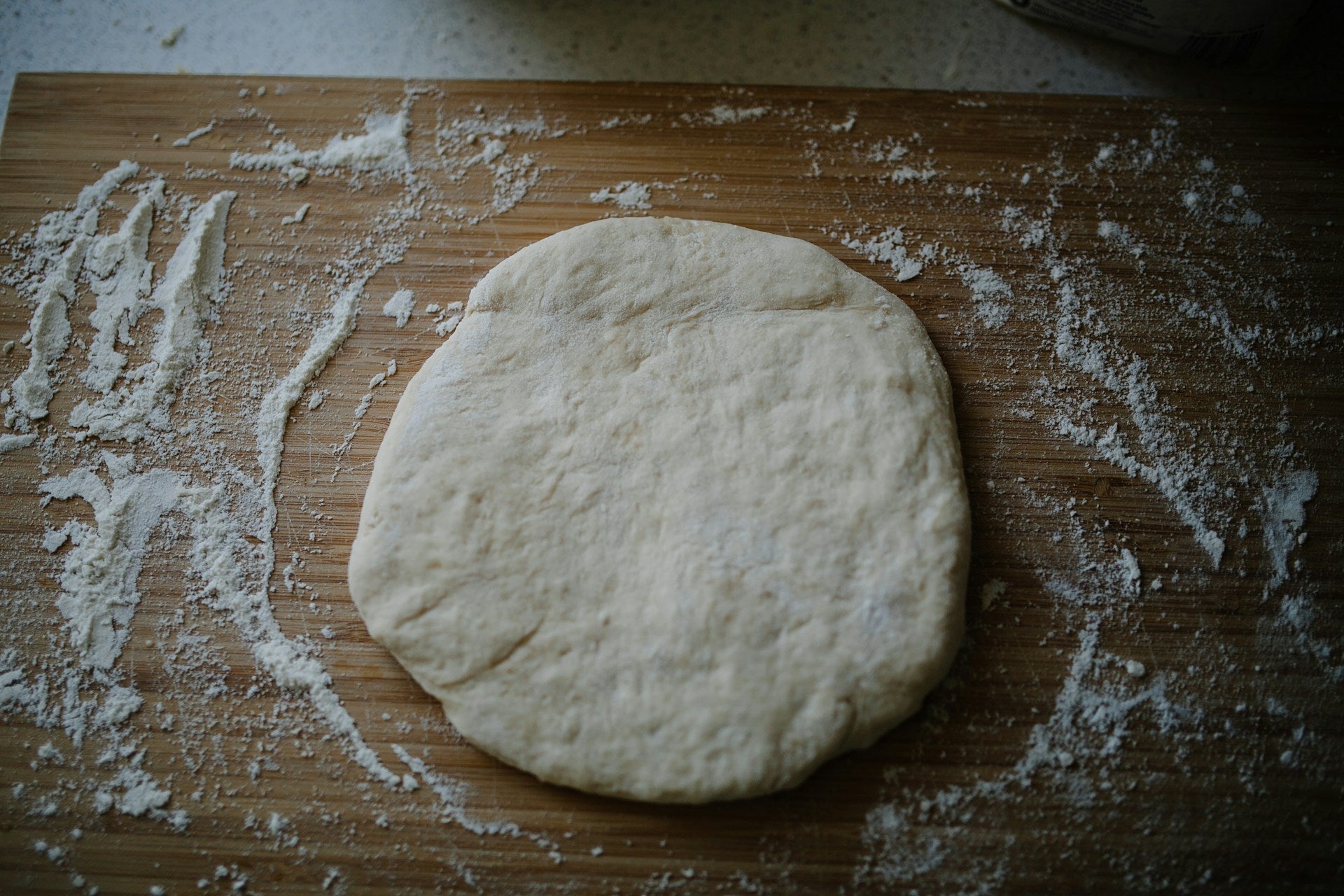
How Long Does It Take Pizza Dough to Thaw for Perfect Results?
When you plan to make your favorite homemade pizza, knowing how long it takes for pizza dough to thaw is essential for timing your meal perfectly. Typically, pizza dough can take anywhere from 2 to 24 hours to thaw, depending on the method you choose. By understanding these methods, you can ensure your dough is ready when you are.
Using Prepa Pizza’s premium quality dough can simplify this process. You have options: for a quicker thaw, let the dough sit at room temperature for about two hours. If you want to prepare in advance, moving the dough to the refrigerator the night before will yield great results, requiring approximately 24 hours to thaw slowly and evenly.
Having this knowledge means you'll never have to rush when you're craving delicious, homemade pizza. With Prepa Pizza's easy-to-handle dough, you can confidently plan your cooking to create a perfect pizza every time.
Understanding Pizza Dough Basics
To create the perfect pizza, it's essential to grasp the key components of pizza dough. Two crucial elements are yeast and the quality of flour and salt. These ingredients work together to influence the texture and flavor of your pizza crust.
Role of Yeast in Dough
Yeast is a living organism that ferments the sugars in the dough. This fermentation process produces carbon dioxide gas, which causes the dough to rise and become airy. As the dough ferments, flavor compounds develop, contributing to the taste of your homemade pizza crust.
When using Prepa Pizza dough, the yeast is carefully activated, ensuring optimal rising. This results in a light, crispy texture once baked. The typical rising time for your dough can range from 1 to 2 hours at room temperature, depending on the ambient conditions. If you're using frozen dough, proper thawing will allow the yeast to reactivate for a perfect rise.
Importance of Salt and Flour Quality
Salt plays a vital role in dough preparation. It not only enhances flavor but also controls yeast activity, creating the right balance for fermentation. Too much salt can inhibit yeast, while too little may lead to over-fermentation.
Selecting high-quality flour is equally important. Flour varieties with higher protein content, like bread flour, provide more gluten development, resulting in a chewier crust. When you use Prepa Pizza dough, you benefit from premium flour, ensuring an exceptional foundation for your pizza. The quality of both salt and flour directly affects the final product, impacting the texture and flavor of your crust.
Preparing Dough for Thawing
Thawing your pizza dough properly is essential for achieving the best texture and flavor. Preparing your dough involves knowing how to store it effectively before freezing and using the right techniques to ensure quality upon thawing.
Storing Pizza Dough
When storing pizza dough, ensure it's well-prepared for freezing. Start by dividing the dough into manageable portions. Each portion should be rolled into a ball and lightly coated with olive oil to prevent sticking.
Next, wrap each dough ball tightly in plastic wrap to eliminate air exposure, which can lead to freezer burn. Place the wrapped dough in an airtight freezer bag or container, labeling it with the date for reference.
Using premium quality dough, like that from Prepa Pizza, guarantees a superior texture and taste after thawing. Properly stored, your pizza dough can last up to three months in the freezer without sacrificing quality.
Tips for Freezing Dough
To achieve optimal results when freezing your dough, follow these specific tips. First, cool the dough to room temperature before wrapping. This step helps prevent condensation, which can affect the dough's texture.
If you need quick access to dough, consider freezing smaller portions, as they thaw faster. You can also use a vacuum sealer for better preservation, but ensure the packaging is airtight.
When ready to use, transfer the frozen dough to the fridge for a slow thaw, allowing 12 hours or more. This method retains flavor and prevents the dough from becoming overly sticky. With Prepa Pizza dough, you're assured high-quality results with every thaw.
Thawing Techniques and Times
When you're ready to use your Prepa Pizza dough, choosing the right thawing technique is crucial. Each method has its time requirements and can affect the final texture and flavor of your pizza crust.
Refrigerator Thawing Method
The refrigerator method is the most recommended for thawing pizza dough. To start, take your frozen dough and place it in a covered bowl. This prevents it from drying out.
Thawing in the refrigerator typically takes 12 to 24 hours. The slow thawing allows yeast to wake up gradually, enhancing the dough's flavor and texture. After thawing, it’s important to let it sit at room temperature for about 30 minutes before shaping.
Make sure your refrigerator maintains a consistent temperature to avoid any potential spoilage. This method also provides flexibility, as you can plan to thaw the dough a day ahead of your pizza night.
Counter-Top Thawing Method
For a quicker option, consider the counter-top thawing method. Begin by removing the frozen pizza dough from the freezer and placing it in a dry, covered bowl on your countertop.
This method usually takes around 3 to 5 hours. The warmer environment accelerates the thawing process, allowing you to get your pizza ready in a shorter time. However, monitor the dough closely to prevent over-proofing.
After thawing, let the dough rest for 15 minutes at room temperature before rolling. This will help relax the gluten, making it easier to shape into your desired crust. This method is ideal for last-minute pizza preparations.
After Thawing: Preparing for Baking
Once the pizza dough is thawed, you need to prepare it properly before baking. This includes shaping the dough and selecting the right toppings to ensure a delicious homemade pizza.
Shaping the Thawed Dough
Begin by gently stretching the thawed dough. Avoid using excessive force, which could lead to overworking the gluten and affecting the texture. Let the dough rest for about 10 minutes if it feels tight.
After resting, you can use your hands or a rolling pin to shape it into your desired size. Aim for a thickness of about ¼ inch for a crispy crust. Place the shaped dough on a baking stone or a baking sheet lined with parchment paper to facilitate even cooking.
Make sure to create a slightly raised edge for the crust. This allows the toppings to sit nicely and prevents overflow while baking.
Adding Toppings and Baking Preparations
With the dough shaped, it’s time to add your favorite pizza toppings. Start with sauce; a thin even layer is best to prevent sogginess. Then, sprinkle cheese generously, ensuring it covers the sauce without overwhelming it.
You can enhance your pizza with various toppings like pepperoni, mushrooms, or bell peppers. Distribute them evenly to ensure balanced flavors.
Preheat your oven to the highest setting to mimic a pizza oven. If available, use a baking stone, as it retains heat and creates a better crust texture. Bake your pizza for about 10-15 minutes, checking for a golden-brown finish on the crust.
Additional Tips for Perfect Pizza
Creating the perfect pizza involves more than just thawing your dough. You want to ensure that every element, from the crust to the flavors, is perfectly balanced for an authentic homemade experience.
Using a Baking Stone
Using a baking stone is essential for achieving a crispy crust. Heat your stone in the oven at the highest setting for at least 30 minutes before baking. This ensures that the stone retains heat, helping to create a golden, crunchy bottom.
When placing your pizza on the stone, use a pizza peel dusted with flour or cornmeal to prevent sticking. This technique allows for easy transfer and helps maintain the shape of your homemade pizza. If you don’t have a baking stone, an upside-down baking sheet can be a good alternative.
Incorporating Herbs and Flavors
Adding fresh herbs can elevate the flavor profile of your pizza. Consider using thyme or basil, which pair beautifully with various toppings. Sprinkle chopped herbs directly into the sauce or on top of the cheese for a burst of freshness.
You can also infuse your dough with flavors. Mix dried herbs like oregano or garlic powder into Prepa Pizza dough for an aromatic crust. Experiment with other spices or flavored oils to personalize your pizza experience.
Cooking Time and Temperature
The ideal cooking temperature for pizza is typically between 475°F to 500°F. Preheat your oven to this range, ensuring it is hot enough for a quick bake that produces a nice rise and crunch.
Bake your pizza for about 10-12 minutes, keeping an eye on the edges of the crust. If the cheese bubbles and the crust turns golden, it's time to take it out. Remember, every oven is different, so you may need to adjust time and temperature for best results.
Frequently Asked Questions
Thawing pizza dough efficiently is key to achieving the best results. Various methods and timeframes can help you ensure your Prepa Pizza dough is ready for use while maintaining its quality.
What methods can be used to defrost frozen pizza dough quickly?
You can use several techniques to thaw your frozen pizza dough. The microwave on the defrost setting is effective, requiring just 10-second intervals to avoid overheating. Alternatively, a cold water bath can thaw the dough within 30 minutes if it's sealed in a plastic bag.
What is the recommended time for thawing pizza dough on the countertop?
Thawing your Prepa Pizza dough on the countertop typically takes about 2 to 4 hours. The dough should be covered to prevent drying out during this process. Room temperature helps it rise and become more pliable.
How long should frozen pizza dough be left to thaw in the refrigerator?
If you choose to thaw your dough in the refrigerator, allow it to sit for approximately 8 to 12 hours. This slow thawing method allows for better texture and flavor development, making it ideal for planning ahead.
Is it possible to thaw pizza dough in water and how effective is it?
Yes, thawing pizza dough in water can be very effective. Submerge the sealed dough ball in cold water for about 30 minutes. This method is quicker than refrigerator thawing while still preserving the dough's integrity.
Can you expedite the thawing process of pizza dough without compromising its quality?
Yes, you can expedite thawing without compromising quality. Using the microwave cautiously or a cold water bath are both good methods. These techniques allow you to save time while still ensuring a desirable texture for your Prepa Pizza dough.
How much time does it take for pizza dough to reach room temperature after being frozen?
Once removed from the freezer, your pizza dough generally takes about 1 to 2 hours to reach room temperature. It’s essential to allow it ample time to relax for easier handling and shaping before use.




